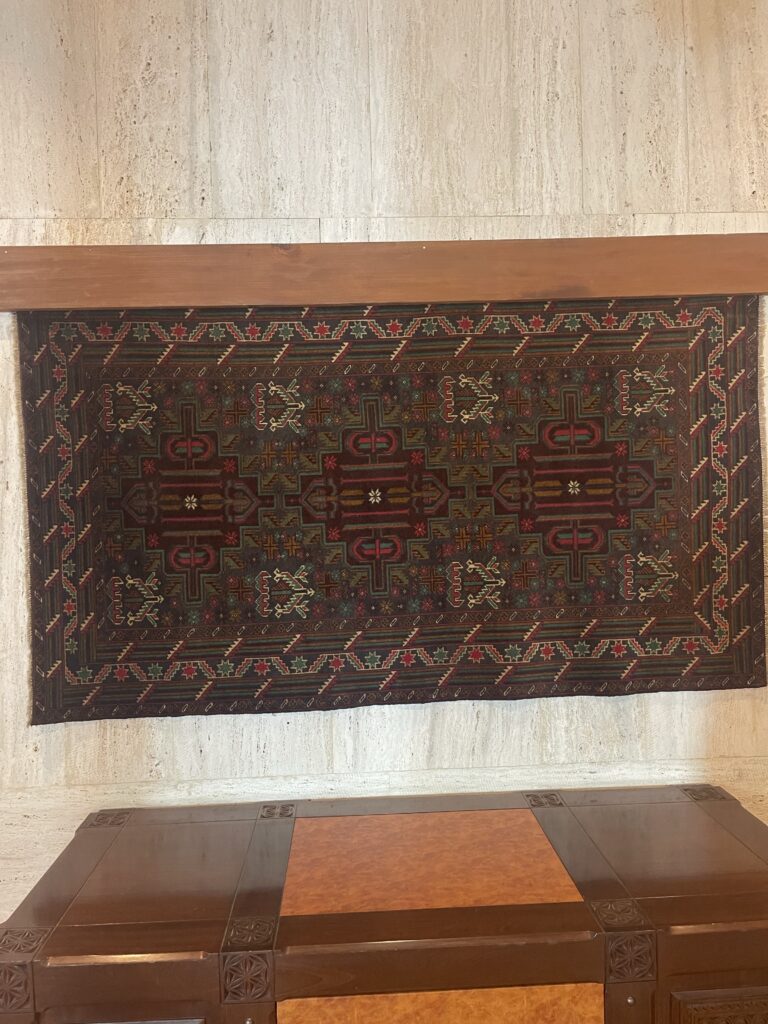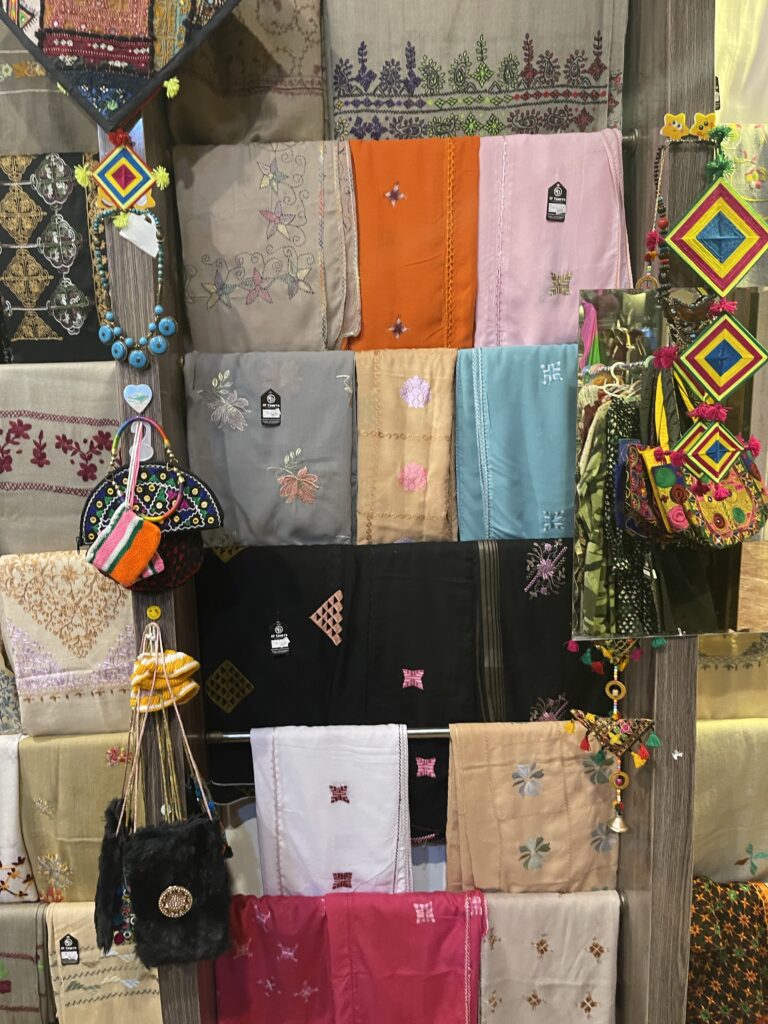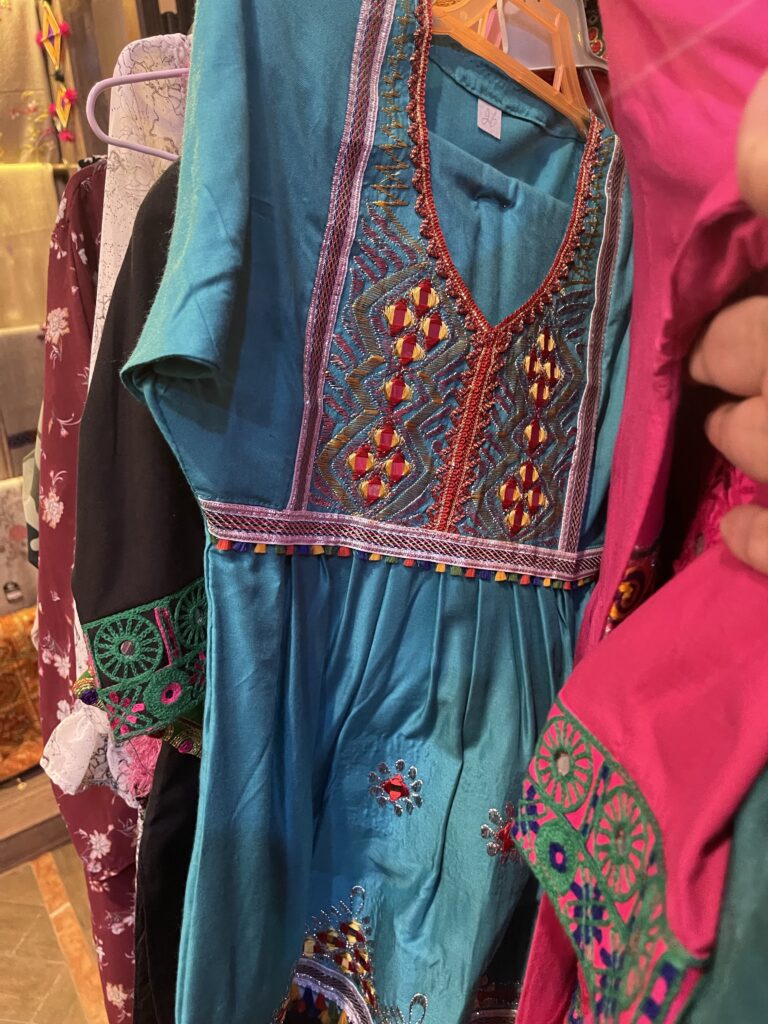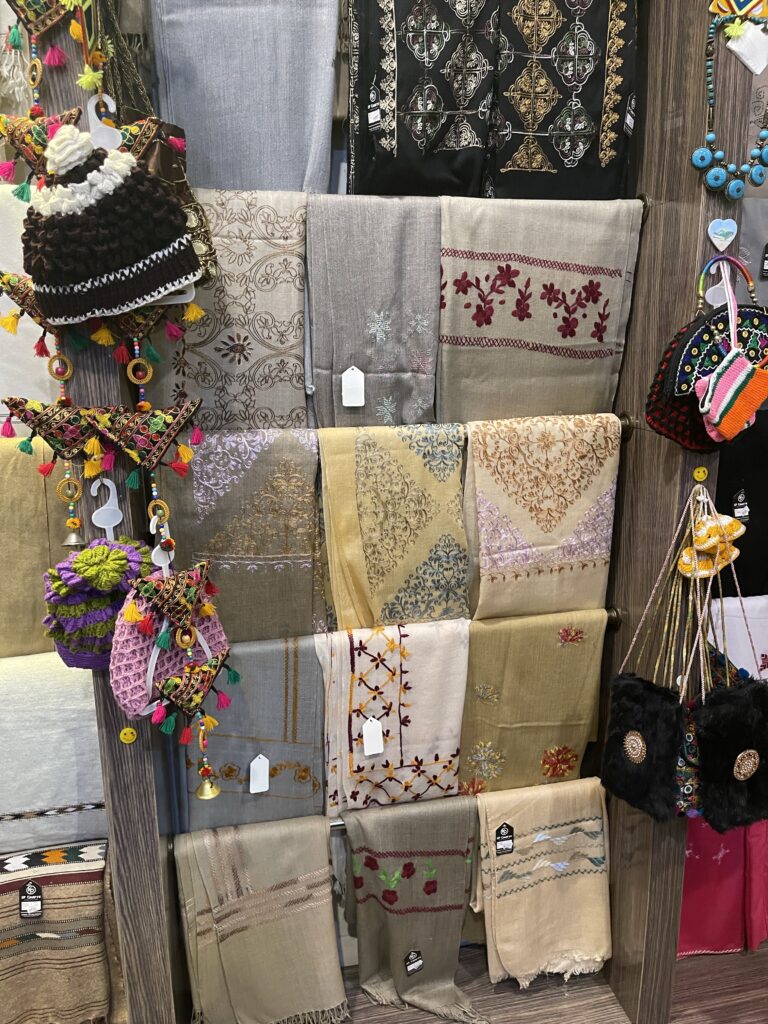Title: Exploring the Rich Tapestry of Pakistani Traditional Handicrafts
Introduction:
Pakistan is a land known for its rich cultural heritage, and one aspect that truly captures its essence is its traditional handicrafts. Passed down through generations, these handicrafts showcase the skills, creativity, and artistry of Pakistani artisans. From intricate embroidery to vibrant pottery, each craft tells a story, reflecting the diversity and beauty of the nation. In this article, we delve into some of the famous Pakistani traditional handicrafts that continue to captivate the world.
1. Embroidery:
Embroidery holds a special place in Pakistani handicrafts, with each region having its distinct style. The exquisite threadwork of Multani embroidery, the vibrant patterns of Sindhi embroidery, and the delicate stitchwork of Phulkari from Punjab are just a few examples. These intricate designs are painstakingly crafted on various fabrics, including silk, cotton, and chiffon, adding a touch of elegance and grace to garments, home furnishings, and accessories.
2. Woodwork:
Woodwork is another prominent traditional handicraft in Pakistan, known for its exquisite craftsmanship and detailed carvings. The artisans skillfully shape and carve wood into intricate patterns, creating masterpieces that range from furniture and decorative items to household utensils. The regions of Swat, Chiniot, and Kashmir are particularly renowned for their exceptional woodwork, showcasing the beauty and richness of Pakistani culture.
3. Pottery:
Pakistani pottery is a vibrant art form that dates back centuries. From the stunning blue and white ceramics of Multan to the hand-painted tiles of Hala, pottery in Pakistan reflects the country’s diverse cultural influences. Skilled potters mold clay into various shapes and sizes, which are then embellished with traditional motifs and glazes. The pottery finds its place in the form of decorative pieces, crockery, and architectural elements, leaving a lasting impression with its charm and elegance.
4. Mirror Work:
Mirror work, also known as shisha embroidery, is a captivating traditional handicraft of Pakistan. Originating in the region of Sindh, mirror work involves attaching small pieces of reflective glass to fabric using vibrant threads. The shimmering mirrors catch the light, creating a dazzling effect that adorns clothing, bags, and home decor items. This craft not only adds beauty but also symbolizes cultural traditions and has become an iconic element of Pakistani handicrafts.
5. Ajrak Printing:
Ajrak printing is a centuries-old block printing technique that has become synonymous with the Sindhi culture. This intricate craft involves hand-carving wooden blocks and using natural dyes to create mesmerizing geometric patterns on fabric. The deep indigo blue and earthy red hues are prominent in Ajrak prints, which are widely used in traditional Sindhi attire, as well as accessories and home decor items. Ajrak printing represents the cultural heritage and pride of the people of Sindh.
Pakistan is a land known for its rich cultural heritage, and one aspect that truly captures its essence is its traditional handicrafts and clothing. Passed down through generations, these crafts and attire showcase the skills, creativity, and artistry of Pakistani artisans. From intricate embroidery to vibrant fabrics, each traditional garment tells a story, reflecting the diversity and beauty of the nation. In this article, we delve into some of the famous Pakistani traditional handicrafts and clothing that continue to captivate the world.
1. Shalwar Kameez:
The shalwar kameez is the most widely recognized and popular traditional attire in Pakistan. It consists of a long tunic called the kameez, which can be adorned with intricate embroidery, and loose-fitting pants called the shalwar. Shalwar kameez is worn by both men and women, and the styles and designs vary across different regions of the country. It is a versatile outfit, suitable for both casual and formal occasions, and is available in a myriad of fabrics, colors, and patterns.
2. Saree:
Although primarily associated with the Indian subcontinent, the saree is also worn in various regions of Pakistan, particularly in Punjab and Sindh. The Pakistani saree has its unique characteristics, with vibrant colors, delicate embroidery, and embellishments. It consists of a long, draped fabric worn over a blouse (choli) and a petticoat (underskirt). Pakistani sarees are often made from luxurious fabrics like silk, chiffon, and georgette, and they showcase the artistry of local craftsmen through their intricate details.
3. Lehenga:
The lehenga is a traditional Pakistani skirt that is usually paired with a matching blouse and a dupatta (scarf). It is commonly worn on special occasions such as weddings, festivals, and cultural celebrations. Lehengas are known for their rich fabrics, elaborate embroidery, and vibrant colors. The intricate threadwork, mirror work, and zardozi (metallic thread) embellishments make Pakistani lehengas truly exquisite, reflecting the opulence and grandeur of Pakistani traditional attire.
4. Sindhi Topi and Ajrak:
When it comes to traditional headwear, the Sindhi Topi and Ajrak hold significant cultural value in Pakistan, particularly in the province of Sindh. The Sindhi Topi is a cap made of cotton, typically in shades of white, and is intricately embroidered with colorful threads. It is a symbol of Sindhi cultural identity and is often worn by men. The Ajrak, on the other hand, is a vibrant, block-printed shawl or scarf that features geometric patterns in deep indigo blue and red. It is draped over the shoulders and worn by both men and women as a mark of pride in Sindhi culture.
Conclusion:
Pakistani traditional handicrafts and clothing are a testament to the artistic prowess and rich cultural heritage of the nation. These crafts and attire not only preserve age-old techniques but also provide a sense of identity and pride to the people of Pakistan. With their intricate designs, vibrant colors, and cultural significance, traditional clothing reflects the unique artistic legacy of the country. By embracing and promoting these traditional crafts and garments, we can celebrate the diversity and beauty of Pakistani culture, fostering an appreciation for the nation’s rich heritage.
Pakistani traditional handicrafts are a testament to the artistic prowess and rich cultural heritage of the nation. These crafts not only preserve age-old techniques but also provide a livelihood for countless artisans across the country. With their vibrant colors, intricate details, and cultural significance, Pakistani handicrafts continue to enchant people worldwide, fostering an appreciation for the country’s artistic legacy. By promoting and preserving these traditional crafts, we can ensure their enduring presence and celebrate the unique artistic heritage of Pakistan.
You can order the above mentioned items to deliver on your doorstep at : imarkplace.com





